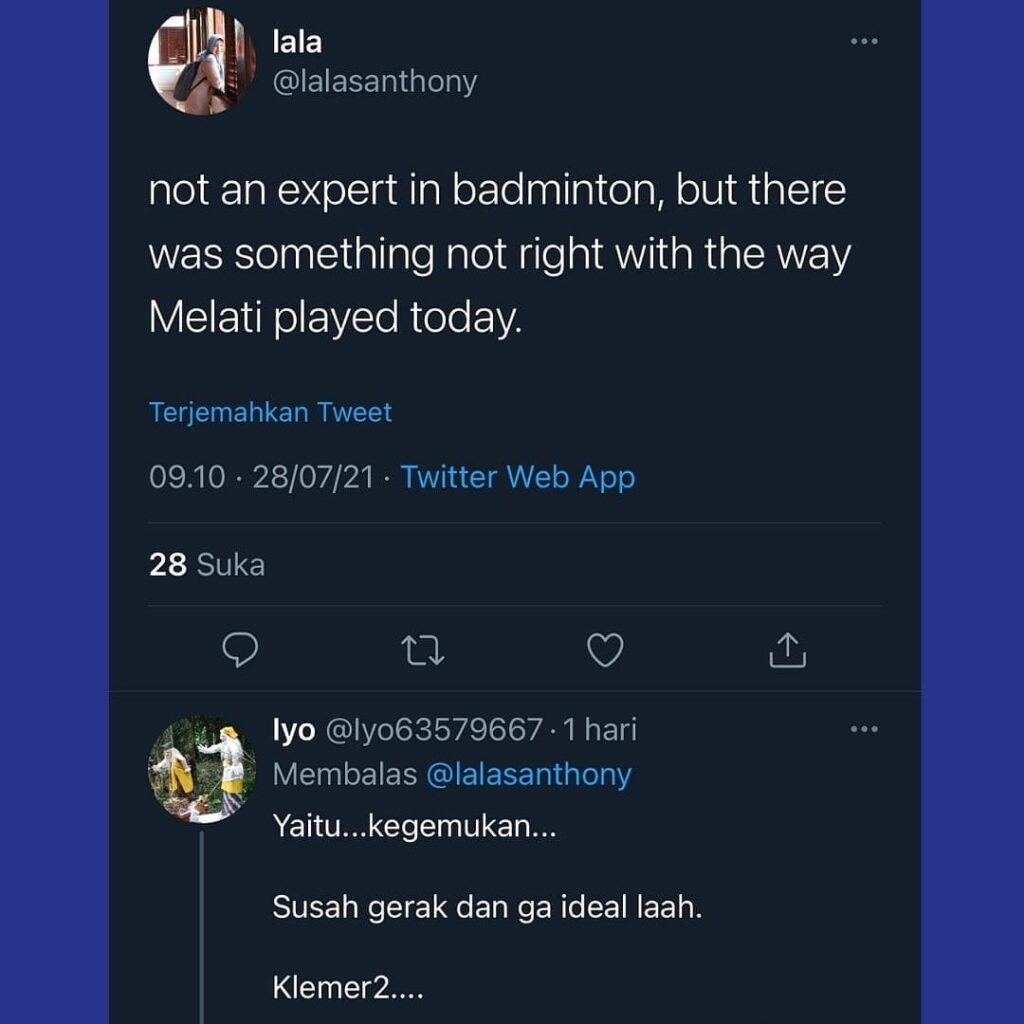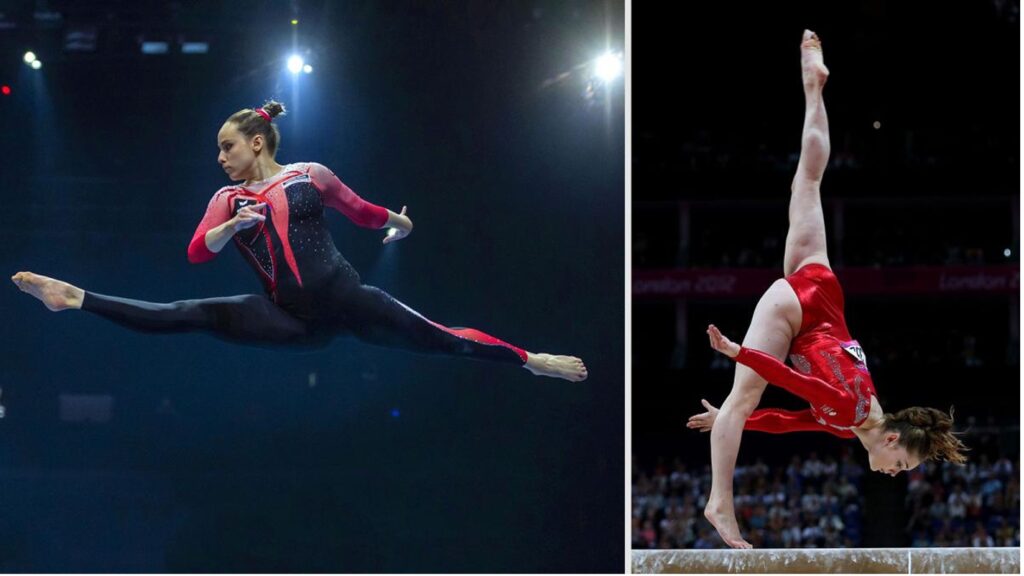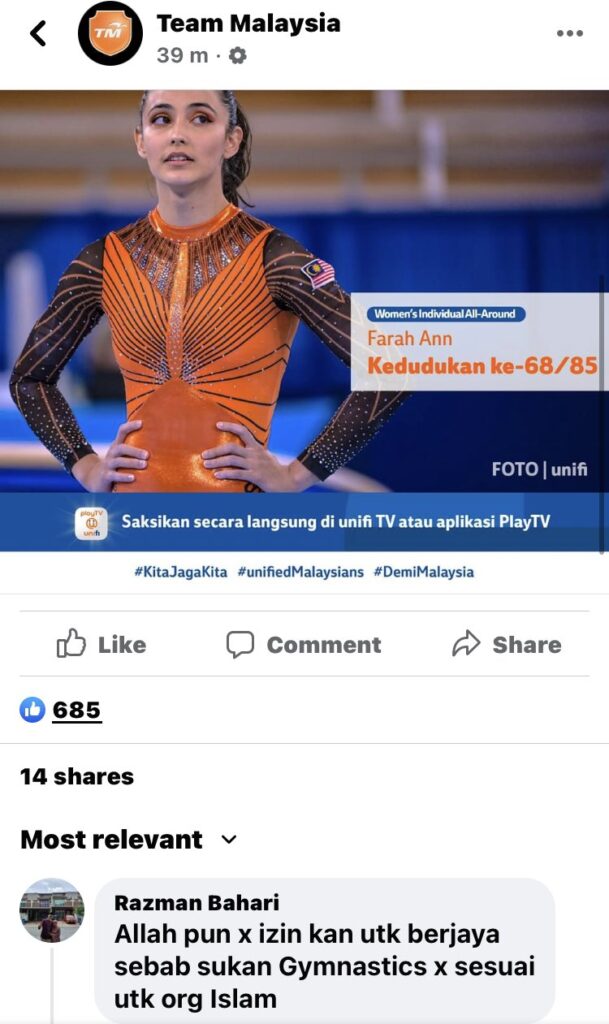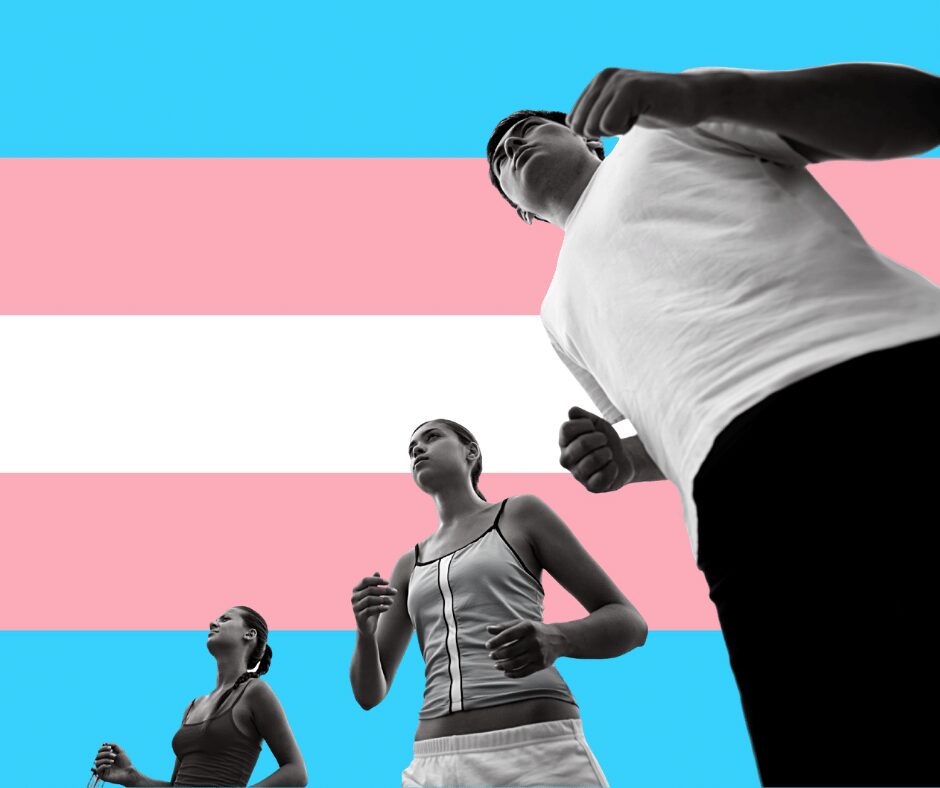If you want your idols to win, let them present themselves in a way that is most comfortable to them as a way to instil confidence and freedom in movements.
In high school, I was friends with several aspiring athletes be it basketball and futsal or taekwondo and pencak silat. I saw them train, struggle and compete against tough opponents, winning some and learning some. One day we discussed the topic surrounding one of my friends’ upcoming tournament at the time and they mentioned their struggle on how mentally draining it can be being in front of such a huge crowd, watching their every move. On one hand, they get a lot of cheers and support from friends and families alike. On the other hand, so do their opponents. While there are many wholesome cheers in the crowd, some, if not many, would hurl insults at my friend. Getting beaten down emotionally by supporters of your opponent is somewhat expected, but what about emotional stress from your own supporters?
In the end, my friends’ loss would be their shame and their struggles are theirs to bear. But when they win, it is an accomplishment to be shared. Though I am no athlete myself, this treatment towards them (and especially those competing in an international scale) is unfair when you consider that many of those who relish in our athletes’ successes, will treat their idols horribly if they fail.
RELEVANT SUSTAINABLE GOALS

AGGRESSION IS NOT PASSION
A research done by Robert Hilliard and Carra Johnson in 2018 found that team identification—that is, a psychological attachment of fans towards their favorite sports team—is connected to a person’s willingness to act aggressively towards the opposing team. The research discovered that with almost half the participants are willing to commit aggressive acts as little as tripping the opposing team’s coach, a surprising 17% admitted to wanting to murder said coach. Hilliard and Johnson argued that a person’s aggression is most likely connected to team identification as a way to define one’s own personality, prompting fans to ‘defend’ one of their defining traits. Professor of psychology at Murray State, Daniel Wann that an additional element may factor into this and that is alcohol. You mix anger, adrenaline and alcohol together, you should expect nothing short of chaos. These acts of aggression may then be excused as the fans being so ‘passionate’, though I would like to argue that this sort of psychological attachment is not healthy.
When Indonesian badminton duo Praveen Jordan and Melati Daeva failed to move up the ladder in Tokyo Olympics 2020, people were quick to hurl insults at the two with countless body shaming them on their physique. As very few have actually reached the level of both Jordan and Daeva, it was honestly quite shocking as to how many people become experts on the sport seemingly overnight. And no, saying “no offense” or “I don’t mean to body shame” followed with “but” does not exempt your phrase from its intention to do the very thing you claim not to be doing (see: here and here for examples). How is it that their achievements are yours to brag about but if (or when) they fail, you are allowed to verbally attack them?

this photo more slim and fitness, much better than this day. #melati Melati pic.twitter.com/u5AvDINazK
— Har (@cloud_har) July 28, 2021
It is also important to note that this is a case not at all exclusive to sports fans as celebrities and pop stars also have to endure these kinds of behavior, with some fans even going as far as to act aggressively towards their idols. Which is why, although cliché, we should allow people to be themselves, because basing your personality off of other people’s experiences is not only not fulfilling, it is quite honestly toxic. Try and picture this: thousands of (possibly aggressive be it verbally or God forbid, physically) people—millions even—with unhealthy psychological attachments to you has you as their defining trait. They see your successes as their own, your performance as their own. Then one day you slip up and all these people turn their backs on you.
SEXISM ON DISPLAY
Remember how Serena Williams wore her catsuit to a game in 2018 as a way to prevent blood clots as well as a way to inspire mothers out there? But then the Wakanda-inspired suit was later banned at the French open, so Williams decided to show up in a tutu? Well, women have long received the short end of the stick when it comes to dress code in competitive sports. From unitards to skirts to bikini bottoms, women’s costume regulations in often prestigious events have a long history of controversy especially in comparison to the men’s.
An article by Rachel N. Smoot in 2017 discussed this discrimination in “Olympic Athletes or Beauty Queens? The Sexualization of Female Athletes” where the validity of arguments on proper outfit regulations in these sports events are questioned. It has always been quite a troubling concept for me because women who reveal a lot of their skin in day-to-day streetwear would be shunned, while female athletes are instead demanded to reveal more. In Serena’s case her catsuit was banned because you need to “respect the game and place,” according to French Tennis Federation president Bernard Giudicelli. In the infamous case of Gertrude Moran, her short skirt was deemed too revealing and she was accused of bringing “vulgarity and sin into tennis” while for Anne White, it was her bodysuit that was seen as controversial (in the court) for seeming unconventional. How that translates in recent times, look no further than the story of German’s gymnastics team at Tokyo Olympics 2020.
On 26th July, German gymnastics team wore full-body suits—also called a unitard—as opposed to the more common leotards at Tokyo Olympics as they continued their stand against the sexualisation of the sport. The team’s red and white outfits extended to the ankles, defying convention. Until now, female athletes have only covered their legs in international competition for religious reasons. On this decision, German gymnast Elisabeth Seitz said, “We wanted to show that every woman, everybody, should decide what to wear.”

All these methods of control over women’s bodies are excused as it is masked as regulations and a means to “respect the game.” U.S. boxer Amaiya Zafar had to fight for her right to wear a hijab in a tournament back in 2016 and Malaysian gymnast Farah Ann was a target of online harassment after competing in a unitard in which people said was too revealing. Much like the previously mentioned Melati Daeva, it was ridiculously easy and quick for people to scrutinize these athletes in things that are quite frankly, out of line. How are people going to hurl hate and still have the nerve to celebrate these athletes’ accomplishments as their own?

Regardless of what these women wear, it is as if her decision is condemned and that the issue is not at all on her clothes to begin with. Because if people had a problem with how her outfit is ‘too revealing’, then people shouldn’t have a problem with how she’s decided to cover up. Then on top of the already sexist issue, where Moran was praised by many for bringing skirts and fun into tennis, the way White was cheered on off-court, Serena Williams received backlash on and off court. Williams received hate, was slut-shamed and body-shamed regardless… I sure wonder why.
THE T IN OLYMPICS
When discussing about the men’s and women’s category in sport, one simply cannot dodge the topic of trans and intersex athletes. Some will say that trans women has inherent biological advantages despite undergoing sex-reassigning processes, some (straight up transphobes) will say that the Olympics is no place for “political wokeness” and others will challenge as well as criticize both aforementioned arguments.
Categorizing people based off of biological sex can be confusing as even different cis people may have differing levels of testosterone and/or estrogen. But for intersex individuals, the issue surrounding hormone levels are even more complex as their body’s relationship to sex and gender can widely differ from fellow intersex people alone, even more so with cis people. The complex nature of humans and our desire to control it, result in invasive procedures that can harm those who are different (such is the case with runners Christine Mboma and Beatrice Masilingi and Caster Semenya). With all that in mind, how should sports events group their athletes?
First off, the question shouldn’t focus on “do trans women belong in women’s sports” or the likes and instead focus more on “how can Olympics accommodate for diversity” as it focuses more on a problem-solving narrative as opposed to debates on the validity of trans individuals. Instead of gender, Olympics classes might be better off categorizing its athletes by body shape such is the case in wrestling. However, instead of simply grouping people with their weight, height, muscle percentage and if at all necessary, hormone levels should be taken into consideration. For example, category A can consist of people whose weight ranges from 55 – 62 Kg, with a muscle percentage of 20 – 15% and height of say, 160 cm (I am by no means claiming to be an expert on athletic physiology and am simply bringing this idea to light out of interest). If categorizing needs to be more specific for certain reasons (such as in Paralympics, but that is a different topic), hormone levels can be taken into consideration not as a way to exclude athletes to participate entirely, but as a way to properly group them with people of their physique.
That way, athletes will be quite literally fighting people of their own size and remove the risk of having to go through invasive procedures pertaining their sex. In addition to this, it can (hopefully) also open the possibility of creating a bigger opportunity for athletes of all body type both inside and out. Still, this solution is not without flaw as it will require an athlete to fulfil a list of criteria to a T in order to compete. They would need to fall into the range of weight, height, muscle percentage and hormone levels in order to qualify for the games. However, the risk of exempting athletes can be lowered (or even eradicated) by consulting a physiological expert on these matters (i.e., generally speaking, how high/low of testosterone level does a 170 cm, 63 kg person have? And what is a healthy percentage of muscle do these people typically have?)

It can be a difficult process to go through and it may take some time for the system/regulations to perfect itself, but it is a start. Until the entirety of the Olympics system and regulations are changed, no current possible options can be truly defined as fair and square.



